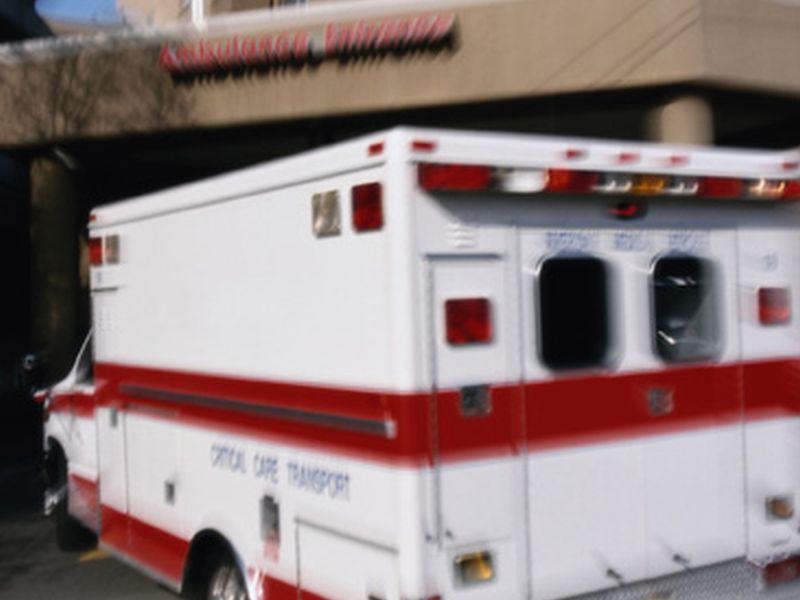A Family Tragedy Highlights Carbon Monoxide Danger

FRIDAY, Dec. 14, 2018 (HealthDay News) -- It was a chilly morning in Louisville, so Juvenal Garcia Mora warmed up the car inside the garage before planning to drive his two children to school.
By the next day, all three were dead -- victims of a tragedy that highlights the dangers of carbon monoxide.
Mora, 39, his 3-year-old son, Cruz, and daughter, Mayra, 8, were found unresponsive in the garage on Nov. 28. Louisville police called their deaths "a horrific accident."
Carbon monoxide (CO) is an odorless, colorless gas produced by combustion. The safety group KidsandCars.org says it can quickly cause disorientation, sudden illness and death. Early signs of CO poisoning include headache, dizziness, fatigue, shortness of breath and nausea.
More than 400 people die in the United States each year due to carbon monoxide poisoning, according to the U.S. Centers for Disease Control and Prevention.
Many of those deaths are vehicle-related. They can occur when cars are left running inside a garage or if the tailpipe becomes clogged by snow, ice or debris. Mechanical problems can also cause CO to leak into the cabin of a car.
"As more keyless ignition vehicles are sold, we are seeing an increase in these predictable and preventable injuries and deaths," Janette Fennell, president of KidsAndCars.org, said in a news release from the nonprofit organization.
It's easy to accidentally leave keyless-ignition cars running. Since 2006, there have been 28 deaths and 71 injuries due to carbon monoxide from keyless vehicles in the United States, the organization said.
Many of these vehicles don't have automatic shut-offs or warning systems. Even if you take the key fob with you, the vehicle could keep running, so it's essential to double-check that the car has been turned off.
Here are some other tips from the safety group:
- Never warm up a vehicle in any enclosed space and never leave a car running in the garage, even with the garage door open. Do not allow anyone to sit in a running vehicle while you clear it of snow or ice.
- Always check and clear the tailpipe of ice, snow or other debris.
- Be sure you have working CO detectors in all areas of the home, especially near sleeping areas. Change batteries twice a year and replace detectors every six to 10 years.
- If a CO alarm sounds in the home, take these steps: Immediately get everyone outside to fresh air, including pets; call 911; and don't go back into the home until you receive permission from authorities.
More information
The U.S. Centers for Disease Control and Prevention has more on carbon monoxide poisoning.

The news stories provided in Health News and our Health-E News Newsletter are a service of the nationally syndicated HealthDay® news and information company. Stories refer to national trends and breaking health news, and are not necessarily indicative of or always supported by our facility and providers. This information is provided for informational and educational purposes only, and is not intended to be a substitute for medical advice, diagnosis, or treatment.

